| |
|
|
Botanical Name |
: |
Carica papaya Linn. |
English
Name |
: |
Papaya |
Family |
: |
Caricaceae |
| |
General Info
| Description |
 |
|
A tree indigenous to South America and varies in height, according to its wild or cultivated state, from 5 to 30 feet, and is about 1 foot in diameter. The trunk or stem is simple, erect, without branches, and gradually tapers from the base to the summit, where it terminates in a cluster of leaves, after the manner of a palm. The leaves are large, alternate, close together, palmately divided into from 5 to 7 irregularly cut lobes, and are borne on leaf-stalks 1 or 2 feet in length, and which are peltately attached. The flowers are dioecious, rarely monoecious, and are grouped at the top of the trunk; the male flowers are borne on long peduncled racemes; the female flowers are solitary and axillary on short stalks, and consist of a small, 5-parted calyx, 5 twisted, pale-yellow petals and a large ovary, bearing 5 dilated, subsessile stigmas. The ovary is globular, 1-celled, and contains numerous ovules attached to 5 parietal placentae. As the ovary enlarges and develops, the leaves gradually fall off, and the fruit, when matured, appears suspended to the highest part of the smooth trunk. |
| Herb Effects |
 |
|
Analgesic, amebicide, antibiotic, antibacterial, cardiotonic, cholagogue, digestive, emmenagogue, febrifuge, hypotensive, laxative, pectoral, stomachic, vermifuge |
Chemistry
| Active Ingredients |
 |
|
4-terpineol, alpha-linolenic acid, alpha-phellandrene, alpha-terpinene, arginine, benzaldehyde, benzyl-isothiocyanate, butyl-alcohol, caryophellene, citric acid, gamma-terpinene, glutamic acid, glycine, hexanal, histidine, isoleucine, lycopene, lysine, malic acid, methionine, methyl-salicylate, myrcene, pantothenic acid, papain, phenylalanine, serine, tartaric acid, terpinolene, tryptophan, tyrosine, valine (fruit); ascorbic acid, beta-carotene, beta-phellandrene, niacin, riboflavin, thiamin (fruit, leaf); carpaine (bark, leaf, root, seed); lauric acid, linoleic acid, myristic acid, oleic acid, palmitic acid, stearic acid (fruit, seed); myosmine, nicotine (plant) |
| Chemistry
of Active Ingredients |
 |
|
|
 |
Name |
CAS# |
IUPAC Name |
Formula |
Structure |
 |
|
| 4-Terpineol |
562-74-3 |
4-methyl-1-propan-2-
yl-cyclohex-3-en-1-o
l |
C10H18O |
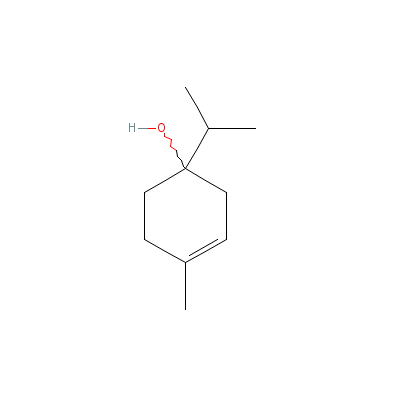
|
| alpha-Linolenic acid |
94138-91-7 |
octadeca-9,12,15-tri
enoic acid |
C18H30O2 |

|
| alpha-Phellandrene |
2243-33-6 |
2-methyl-5-propan-2-
yl-cyclohexa-1,3-die
ne |
C10H16 |
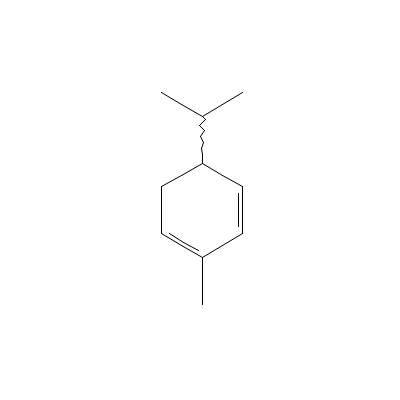
|
| alpha-Terpinene |
99-86-5 |
1-methyl-4-propan-2-
yl-cyclohexa-1,3-die
ne |
C10H16 |
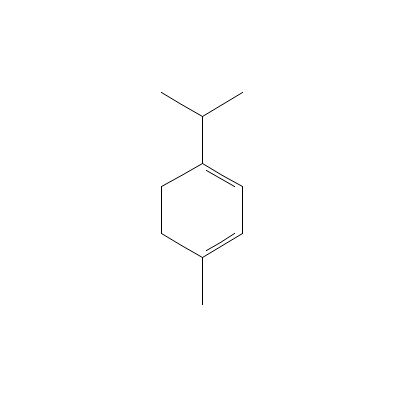
|
| Arginine |
7004-12-8 |
2-amino-5-guanidino-
pentanoic acid |
C6H14N4O2 |
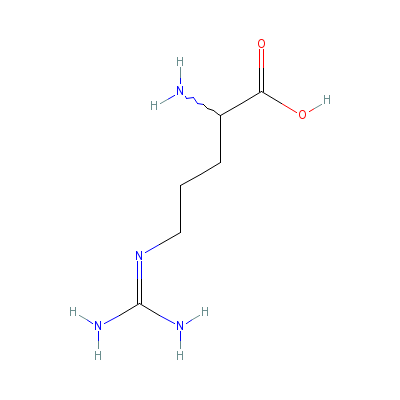
|
| Benzaldehyde |
100-52-7 |
benzaldehyde |
C7H6O |
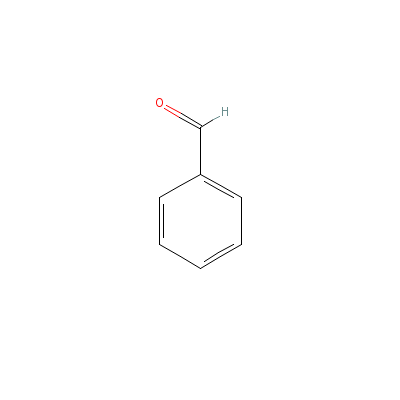
|
| Benzyl isothiocyanate |
622-78-6 |
isothiocyanatomethyl
benzene |
C8H7NS |

|
| Caryophyllene |
87-44-5 |
4,11,11-trimethyl-8-
methylidene-bicyclo[
7.2.0]undec-4-ene |
C15H24 |

|
| Citric acid |
Not Available |
2-hydroxypropane-1,2
,3-tricarboxylic
acid |
C6H8O7 |
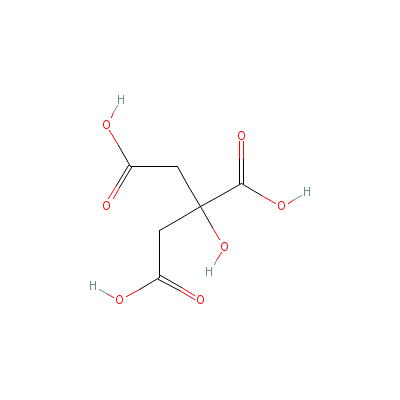
|
| gamma-Terpinene |
99-85-4 |
1-methyl-4-propan-2-
yl-cyclohexa-1,4-die
ne |
C10H16 |
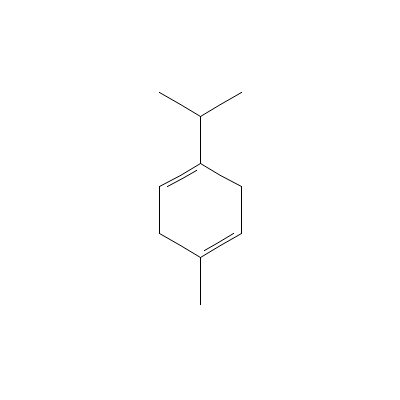
|
| Glutamic acid |
Not Available |
2-aminopentanedioic
acid |
C5H9NO4 |
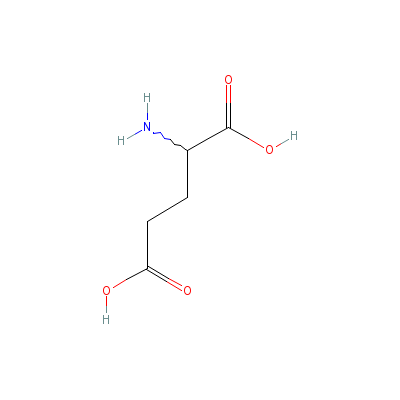
|
| Glycine |
87867-94-5 |
2-aminoacetic acid |
C2H5NO2 |
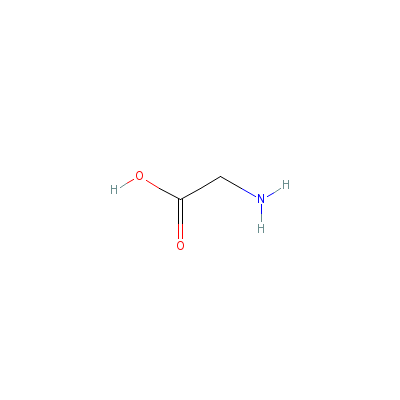
|
| Hexanal |
66-25-1 |
hexanal |
C6H12O |
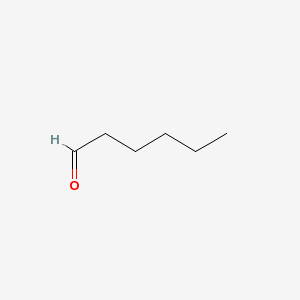
|
| Histidine |
6027-02-7 |
2-amino-3-(3H-imidaz
ol-4-yl)propanoic
acid |
C6H9N3O2 |
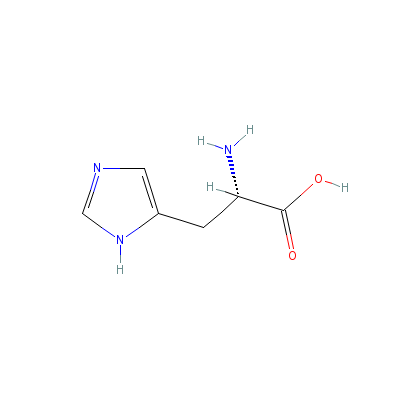
|
| Isoleucine |
319-78-8 |
2-amino-3-methyl-pen
tanoic acid |
C6H13NO2 |
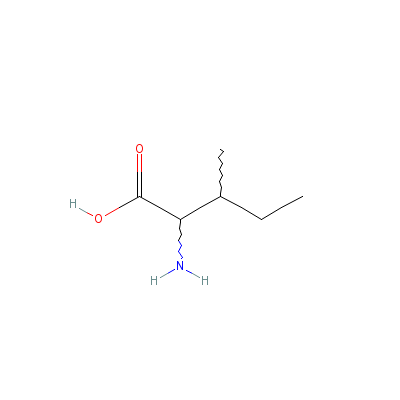
|
| Lycopene |
Not Available |
2,6,10,14,19,23,27,3
1-octamethyldotriaco
nta-2,6,8,10,12,14,1
6,18,20,22
,24,26,3
0-tridecaene |
C40H56 |
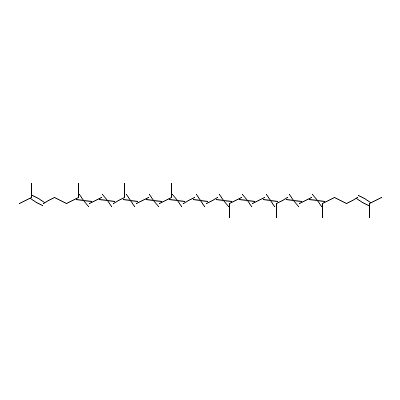
|
| Lysine |
923-27-3 |
2,6-diaminohexanoic
acid |
C6H14N2O2 |
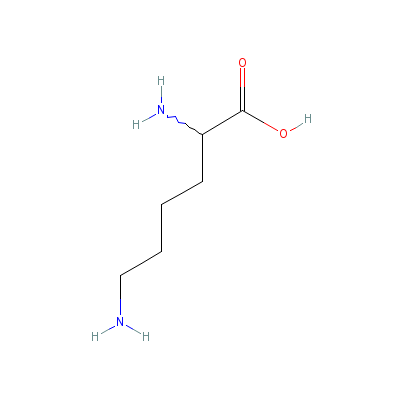
|
| Malic acid |
Not Available |
2-hydroxybutanedioic
acid |
C4H6O5 |
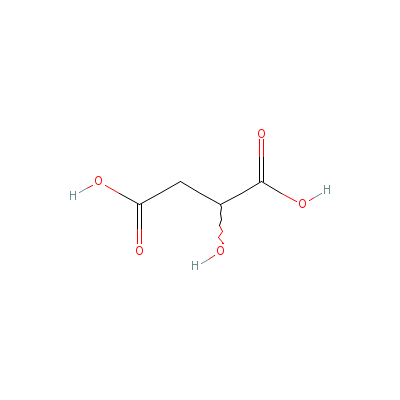
|
| Methionine |
348-67-4 |
2-amino-4-methylsulf
anyl-butanoic acid |
C5H11NO2S |
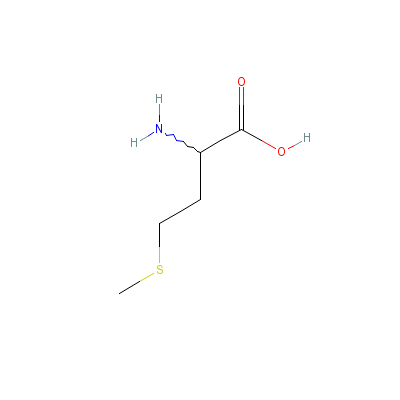
|
| Methyl salicylate |
8024-54-2 |
methyl
2-hydroxybenzoate |
C8H8O3 |

|
| Myrcene |
2153-31-3 |
7-methyl-3-methylide
ne-octa-1,6-diene |
C10H16 |
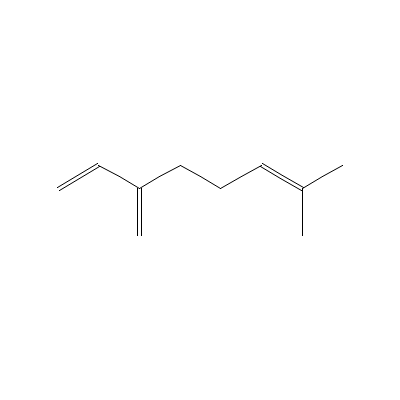
|
| Pantothenic acid |
599-54-2 |
3-[(2,4-dihydroxy-3,
3-dimethyl-butanoyl)
amino]propanoic acid |
C9H17NO5 |

|
| Phenylalanine |
3617-44-5 |
2-amino-3-phenyl-pro
panoic acid |
C9H11NO2 |

|
| Serine |
6898-95-9 |
2-amino-3-hydroxy-pr
opanoic acid |
C3H7NO3 |

|
| Tartaric acid |
526-83-0 |
2,3-dihydroxybutaned
ioic acid |
C4H6O6 |
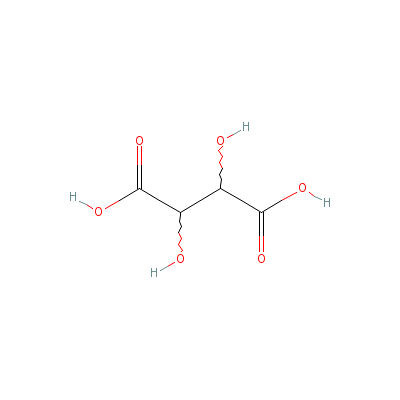
|
| Terpinolene |
586-62-9 |
1-methyl-4-propan-2-
ylidene-cyclohexene |
C10H16 |

|
| Tryptophan |
80206-30-0 |
2-amino-3-(1H-indol-
3-yl)propanoic acid |
C11H12N2O2 |

|
| Tyrosine |
556-02-5 |
2-amino-3-(4-hydroxy
phenyl)-propanoic
acid |
C9H11NO3 |
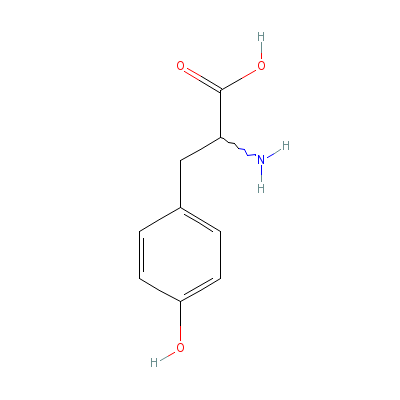
|
| Valine |
7004-03-7 |
2-amino-3-methyl-but
anoic acid |
C5H11NO2 |
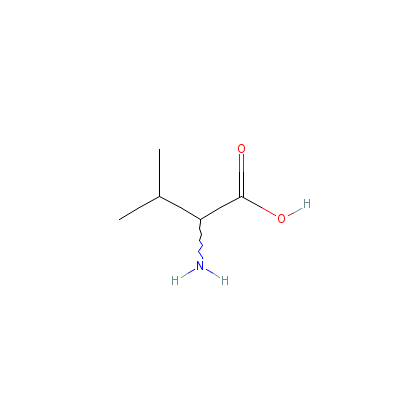
|
| Ascorbic Acid |
Not Available |
2-(1,2-dihydroxyethy
l)-4,5-dihydroxy-fur
an-3-one |
C6H8O6 |

|
| beta-Carotene |
Not Available |
3,7,12,16-tetramethy
l-1,18-bis(2,6,6-tri
methyl-1-cyclohexeny
l)-octadec
a-1,3,5,
7,9,11,13,15,17-nona
ene |
C40H56 |

|
| beta-Phellandrene |
555-10-2 |
3-methylidene-6-prop
an-2-yl-cyclohexene |
C10H16 |

|
| Niacin |
99148-57-9 |
Pyridine-3-carboxyli
c acid |
C6H5NO2 |
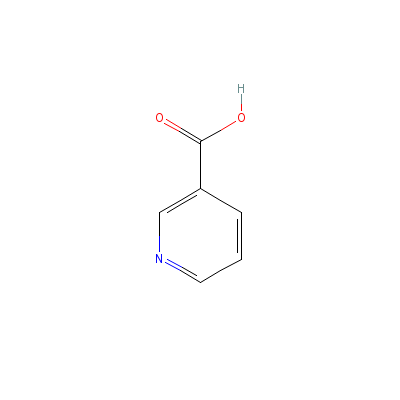
|
| Riboflavin |
Not Available |
Not Available |
C17H21N4O9P |
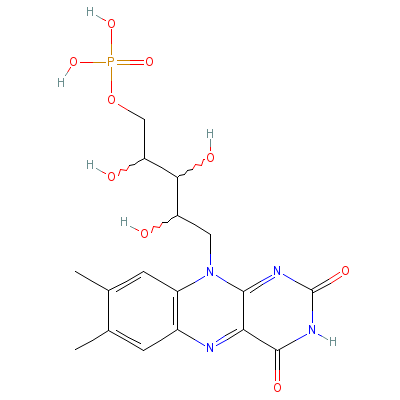
|
| Thiamin |
59-43-8 |
2-[3-[(4-amino-2-met
hyl-pyrimidin-5-yl)m
ethyl]-4-methyl-1-th
ia-3-azoni
acyclope
nta-2,4-dien-5-yl]et
hanol |
C12H17N4OS+ |

|
| Carpaine |
Not Available |
Not Available |
C28H50N2O4 |
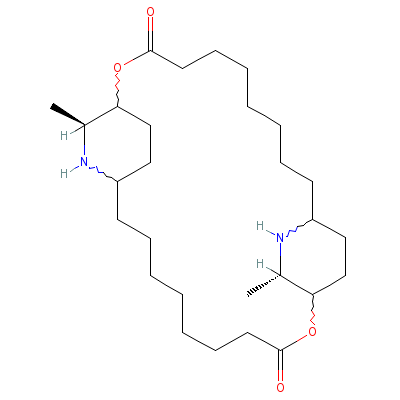
|
| Lauric acid |
8045-27-0 |
Dodecanoic acid |
C12H24O2 |
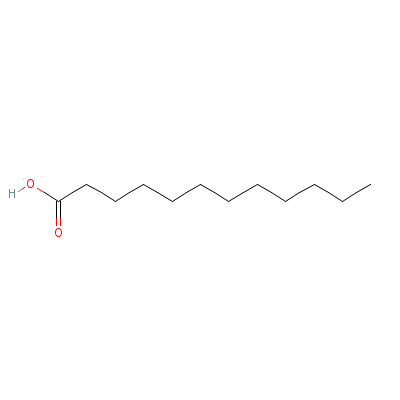
|
| Linoleic acid |
8024-22-4 |
Octadeca-9,12-dienoi
c acid |
C18H32O2 |
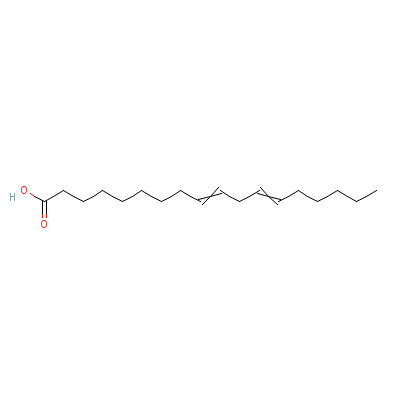
|
| Myristic Acid |
Not Available |
Hexane |
C6H14 |

|
| Oleic acid |
8046-01-3 |
octadec-9-enoic acid |
C18H34O2 |
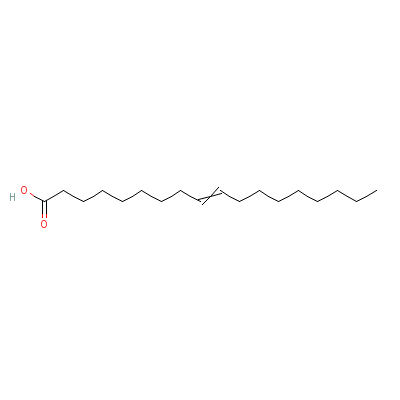
|
| Palmitic acid |
66321-94-6 |
Hexadecanoic acid |
C16H32O2 |
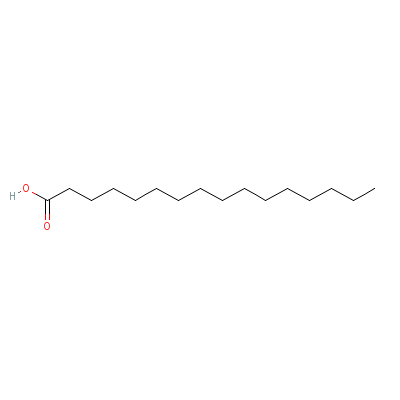
|
| Stearic acid |
82497-27-6 |
octadecanoic acid |
C18H36O2 |

|
| Myosmine |
532-12-7 |
3-(4,5-dihydro-1H-py
rrol-2-yl)pyridine |
C9H10N2 |
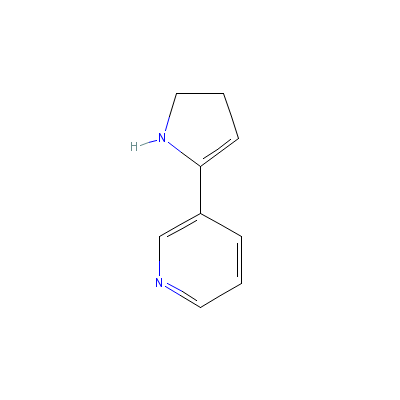
|
| Nicotine |
65-31-6 |
3-(1-methylpyrrolidi
n-2-yl)pyridine |
C10H14N2 |
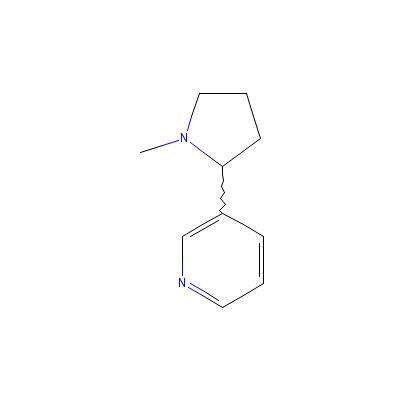
|
|
Pharmacology
| Medicinal Use |
 |
|
For warts, cancers, tumors, corns, and indurations of the skin (juice); to help tumors of the uterus (sinapisms prepared from the root); to cure piles and yaws (roots); reduce urine acidity in humans (papaya); for jaundice (flowers); used in psoriasis, ringworm, and prescribed for the removal of cancerous growths (latex); to treat skin diseases, indigestion, enlargement of liver and spleen, worms, diseases of heart, cough and fever (fruit, leaves, latex and seeds); |
| Contraindication |
 |
|
Externally the latex is irritant, dermatogenic, and vescicant. Internally it causes severe gastritis. Some people are allergic to the pollen, the fruit, and the latex. Papain can induce asthma and rhinitis. The acrid fresh latex can cause severe conjunctivitis and vesication. |
Dealers
Products
|
|